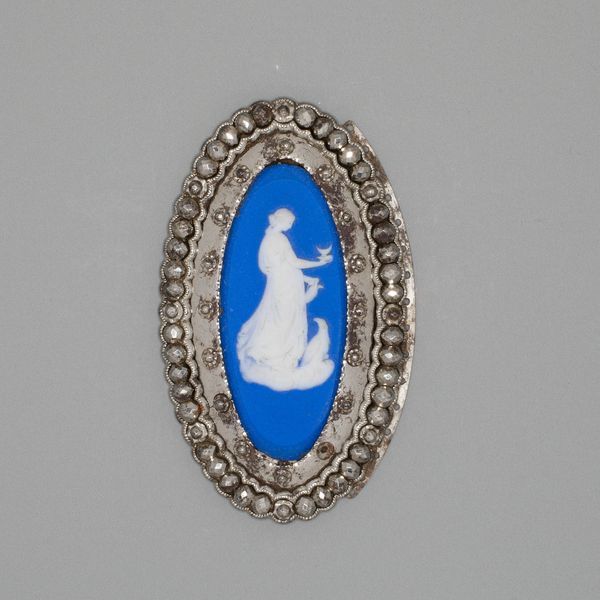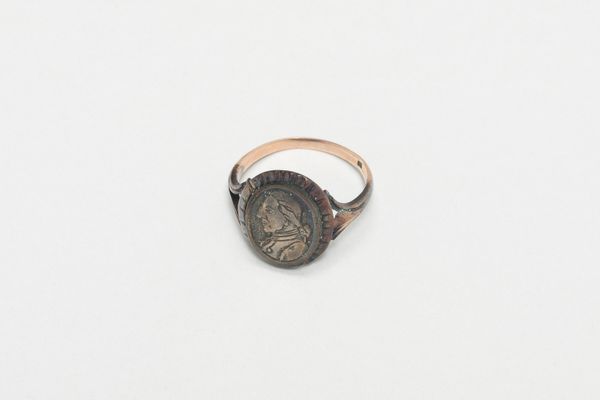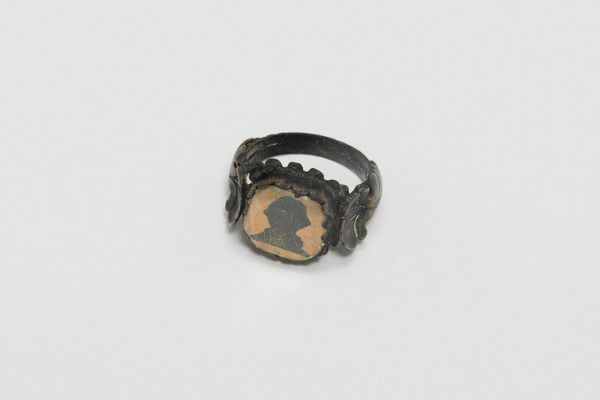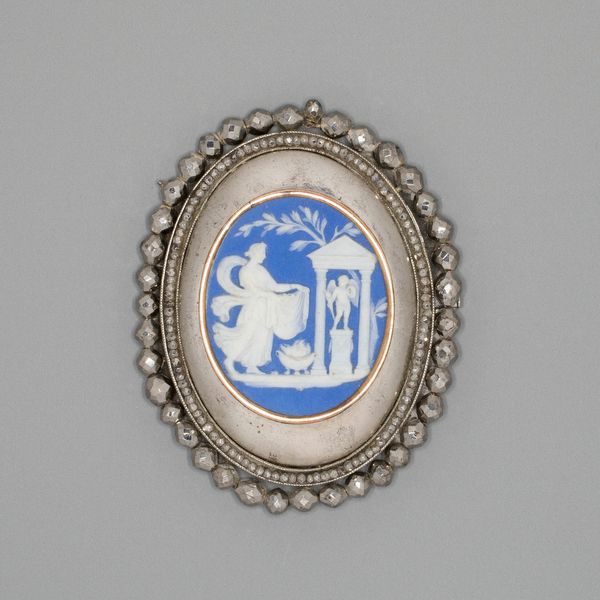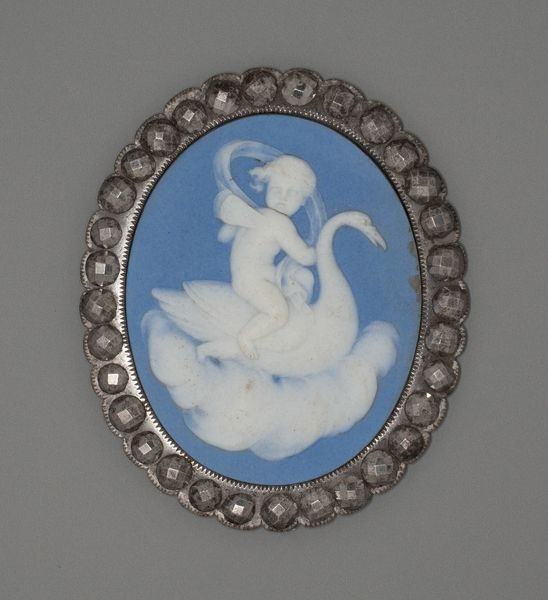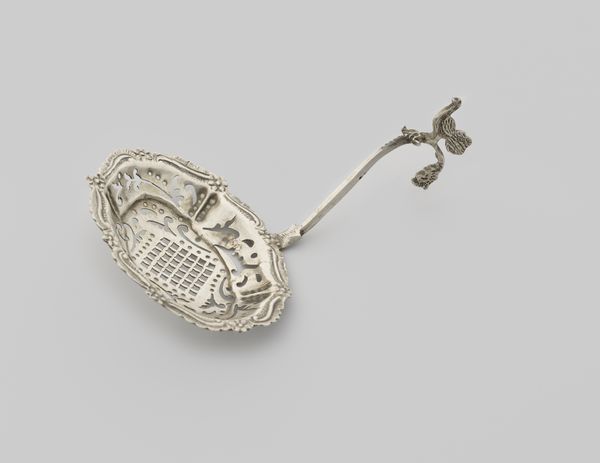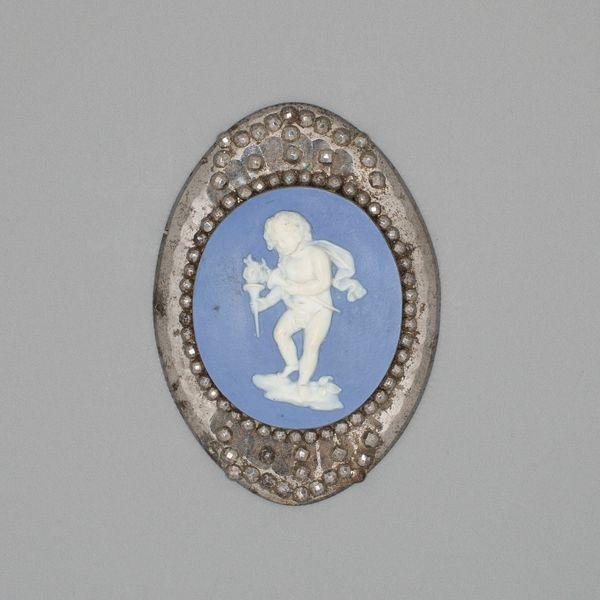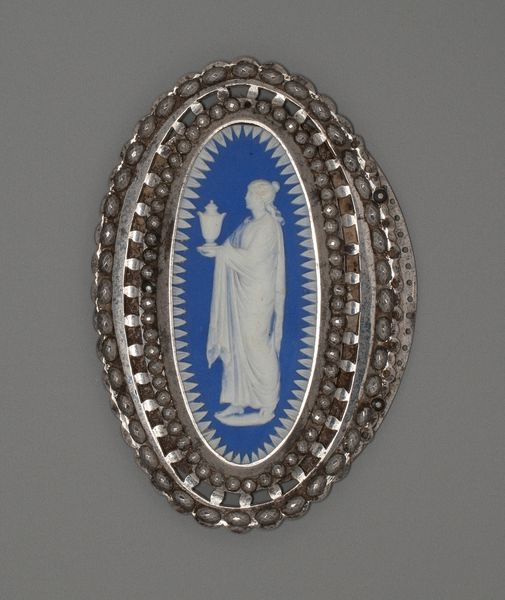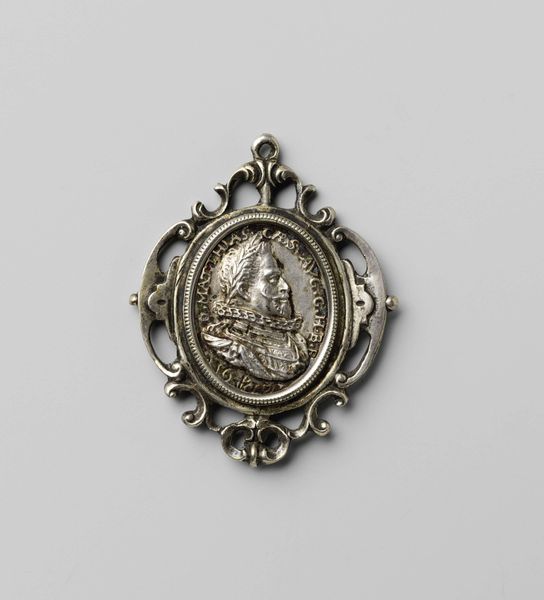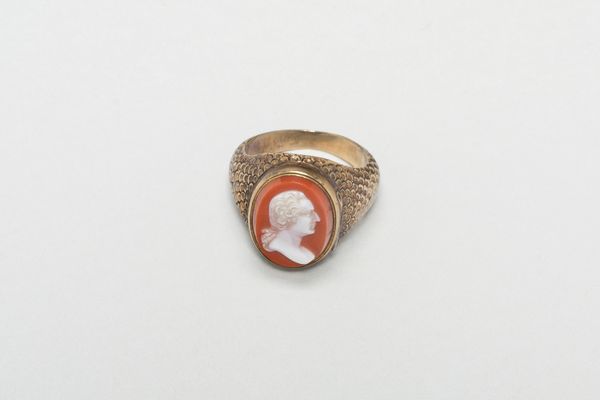
silver, metal, gold, sculpture
#
portrait
#
neoclacissism
#
silver
#
metal
#
greek-and-roman-art
#
gold
#
figuration
#
ancient-mediterranean
#
sculpture
Dimensions: height 2.5 cm, width 2 cm, diameter 1 cm
Copyright: Rijks Museum: Open Domain
Editor: Here we have a gold ring with a cameo, dating back to around 1800. It’s currently held at the Rijksmuseum. What strikes me most is its size, how a sculpture could be placed in something so small. What do you see in this piece, from your perspective? Curator: From a historical perspective, it reflects the enduring influence of classical antiquity on European culture. The late 18th century was swept by Neoclassicism; this ring would have served as a public affirmation of one's taste, learning and elevated social status. The miniature format facilitated portability, spreading Neoclassical visual and political ideals far beyond paintings and statues. The imagery reminds us that Greek and Roman themes served not just as aesthetic ideals but as markers of citizenship and power. Can you tell me more about the symbolism of the figure? Editor: Well, he appears to be holding some sort of spear and he's naked... Poseidon perhaps? Or Mars? Curator: Precisely. Knowing who is represented, and why, reveals the patron’s ideological stance. Neoclassical artworks, whether monumental sculptures or dainty cameos, served to normalize and elevate distinct power structures of the time, especially visible in the creation and interpretation of national and political identity in relation to historical legacy. Rings like this might appear quaint today, but at the time, wearing such an object would broadcast a very clear cultural and political message. Editor: I see how what might seem like a simple piece of jewelry actually tells a larger story about the society and values of the time. I definitely learned something new. Thanks! Curator: And I am reminded of the power of everyday objects to reveal profound connections to broader socio-political histories. It’s been insightful.
Comments
No comments
Be the first to comment and join the conversation on the ultimate creative platform.
